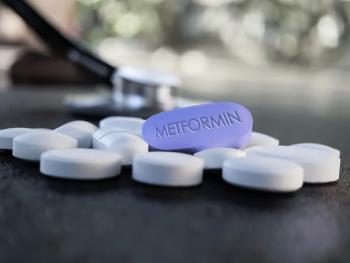
Smell and taste of milk at feeding times to improve clinical outcomes
The smell and taste of food are important to digestion and growth. Does providing preterm infants with the smell and taste of milk at feeding times lead to better weight and measurement results?
The smell and taste of foods are an important element of digestion and growth. It starts gut motility and aids in metabolism. However, for preterm infants in the neonatal intensive care unit, using the smell and taste of milk with tube feeding is not considered a regular component of care, in spite of the poor growth in this cohort. Could this
The randomized, controlled, nonblinded, superiority study was run at 2 perinatal centers between May 2017 and February 2020. Infants were considered eligible if they had a birth weight of less than 1250 g and/or were delivered at less than 29 weeks’ postmenstrual age. Participants were randomly assigned to either routine care or were provided the smell and taste of milk. In addition to the primary outcome of weight z score at the time of discharge, the investigators looked at anthropometric measures at predetermined time points, times of full enteral feeds, and other outcomes linked to prematurity.
A total of 396 infants were randomized with 196 going to the treatment group (51% male; mean postmenstrual age at birth, 27.5 [2.2] weeks) and 200 assigned to the control group (52% male; mean postmenstrual age A at birth, 27.6 (2.3) weeks). The average weight z scores seen at discharge were −0.87 (95% CI, −1.02 to −0.72) for the treatment group and −0.97 (95% CI, −1.11 to −0.83) for the control group (P = .40). Average difference in z scores between the 2 groups at 36 weeks’ postmenstrual age was 0.21 (95% CI, 0.01 to 0.4; P = .04) for head circumference and 0.26 (95% CI, 0.05 to 0.51; P = .04) for length. No clinically notable differences were noted for any other anthropometric, feeding, or health outcomes between the 2 groups.
The investigators concluded that regular exposure to the smell and taste of milk included with tube feeding did not lead to improvements in weight at the time of discharge. However, the exposure appears to lead to some improvements in head circumference and length at 36 weeks’ postmenstrual age. They also note that the intervention has no apparent adverse effects, which along with its low cost could lead to the discovery of other potential benefits in preterm infants.
Reference
1. Beker F, Liley H, Hughes I, et al. Effects on growth of smell and taste of milk during tube feeding of preterm infants. JAMA Pediatr. August 9, 2021. Epub ahead of print. doi:10.1001/jamapediatrics.2021.2336
Newsletter
Get the latest clinical updates, case studies, and expert commentary in obstetric and gynecologic care. Sign up now to stay informed.










